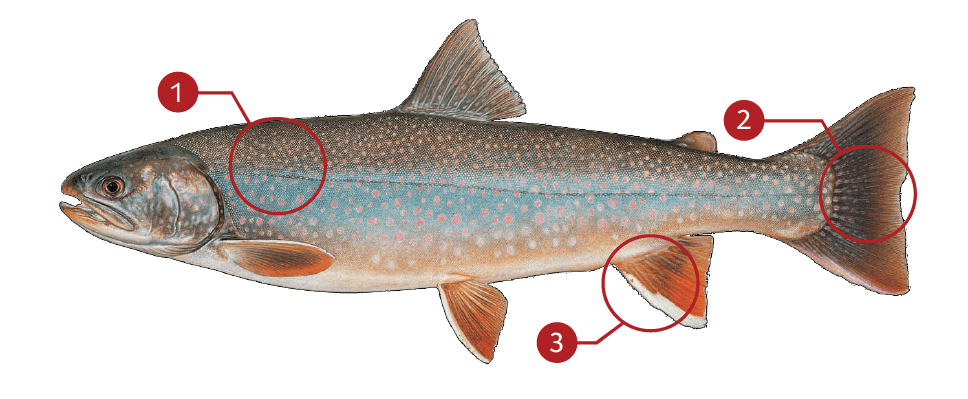BULL TROUT
How to identify a Bull Trout
The bull trout resembles the Dolly Varden in external characters, and will probably require laboratory analysis by a scientist familiar with the species to be positively identified. As a rule one can be fairly certain that any char other than the lake trout (S. namaycush) or brook trout (S. fontinalis), weighing over 12 pounds and taken in the areas mentioned, will prove to be a bull trout.
Where to catch Bull Trout
Endemic to the Pacific Northwest, the bull trout inhabits most of the major drainages on both sides of the Continental Divide. It seems to prefer large, cold rivers and lakes draining high mountainous areas, and tends to frequent the bottoms of deep pools. It has been recorded in northern California, Oregon, Washington, northern Nevada, Idaho, western Montana, Alberta and British Columbia, Canada.
IDENTIFICATION

| |
Distinct yellow, orange, or salmon-colored spots |
| |
Tail lacks the deep forked appearance found with Lake Trout |
| |
White leading edges on all the lower fins |
TARGET AREAS
|
|
Acknowledgements: We thank TAKEMEFISHING.org (www.takemefishing.org), Wisconsin Department of Natural Resources, Indiana Department of Natural Resources for their contributions to these FISH FACTS.

